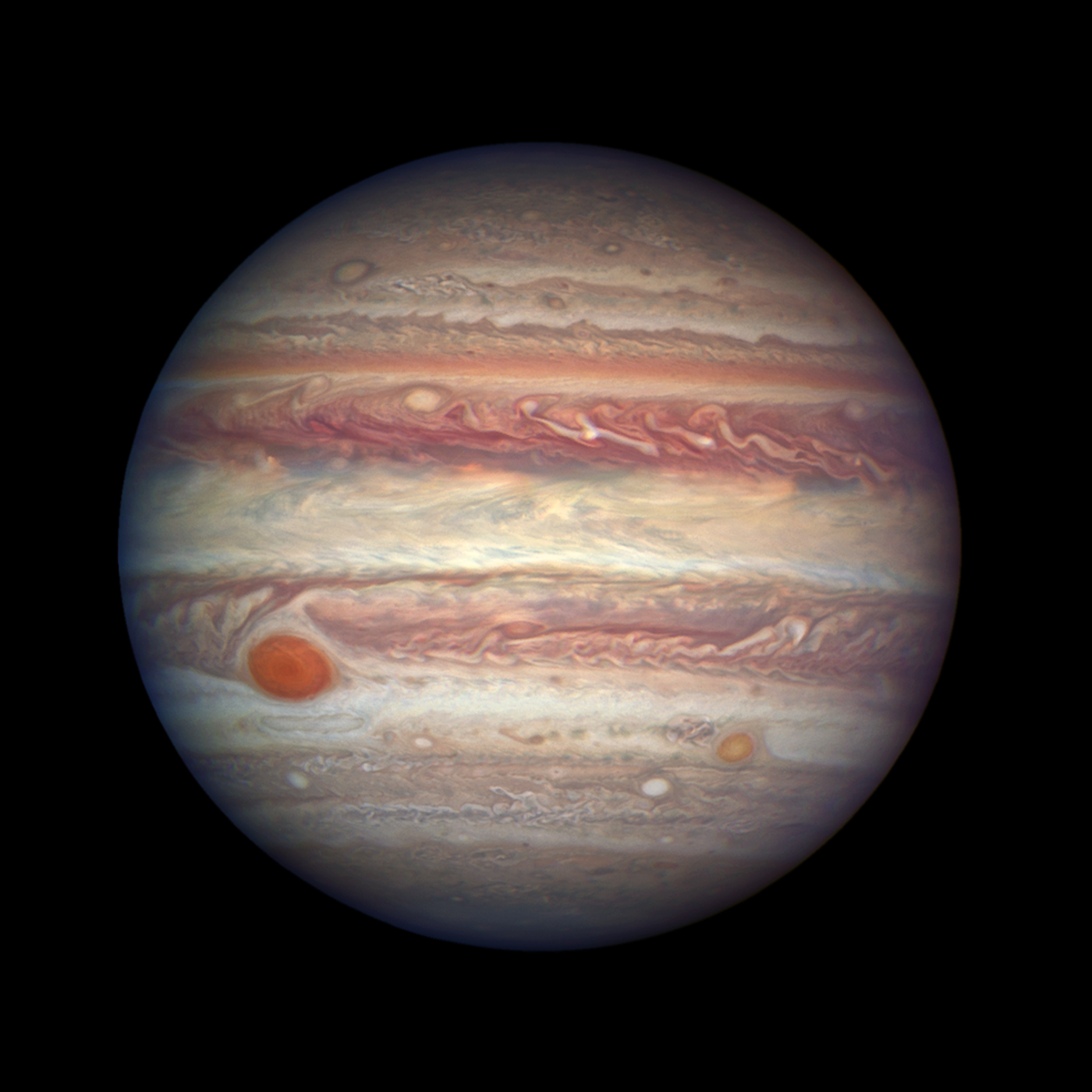NASA Will Study Jupiter's Great Red Spot with the James Webb Space Telescope
Astronomers have been studying Jupiter’s Great Red Spot for decades, and it continues to captivate their attention even today. Several modern observatories, including the Hubble Space Telescope and Juno, have provided incredible views of the phenomenon, but astronomers aren’t planning to stop there.
In fact, a statement released by NASA on Monday confirms the space agency’s plans to use the powerful infrared technology packed inside of the upcoming James Webb Space Telescope (JWST) to deliver some of the most detailed observations of the Great Red Spot yet.
Image Credit: NASA, ESA, and A. Simon (NASA Goddard)
“Webb’s infrared sensitivity provides a wonderful complement to Hubble visible-wavelength studies of the Great Red Spot,” said astronomer Heidi Hammel of the Association of Universities for Research in Astronomy (AURA).
“Hubble images have revealed striking changes in the size of the Great Red Spot over the mission’s multi-decade-long lifetime.”
Related: The heart of the James Webb Space Telescope has completed cryogenic testing
Data collected with the JWST’s Mid-Infrared Instrument (MIRI), when paired with existing data from other observatories, could help scientific minds explain these long-time changes and better understand the mechanisms that enable this seemingly-eternal storm to exist for as long as it has.
Scientists will make use of MIRI’s 5 to 7-millimeter range in an attempt to discern chemical compound signatures that harbor clues about the Great Red Spot’s deepest and darkest secrets, like the storm’s chemical composition and the high-temperature concentrations surrounding it.
“If we don’t see any unexpected chemistry or aerosol signatures…then the mystery of that red color may remain unresolved,” said Leigh Fletcher from the U.K.-based University of Leicester.
“These particular observations will reveal the storm’s vertical structure, which will be an important constraint for numerical simulations of Jovian meteorology. If those simulations can help explain what Webb observes in the infrared, then we’ll be a step closer to understanding how these gigantic maelstroms live for so long.”
Related: Will the James Webb Space Telescope teach us more about Mars?
With an official launch date projected for May of 2020, there’s still a while to wait before the JWST reaches outer space. Nevertheless, it should be interesting to see what this observational powerhouse may find once it gets there and begins scientific operations.
Source: NASA









